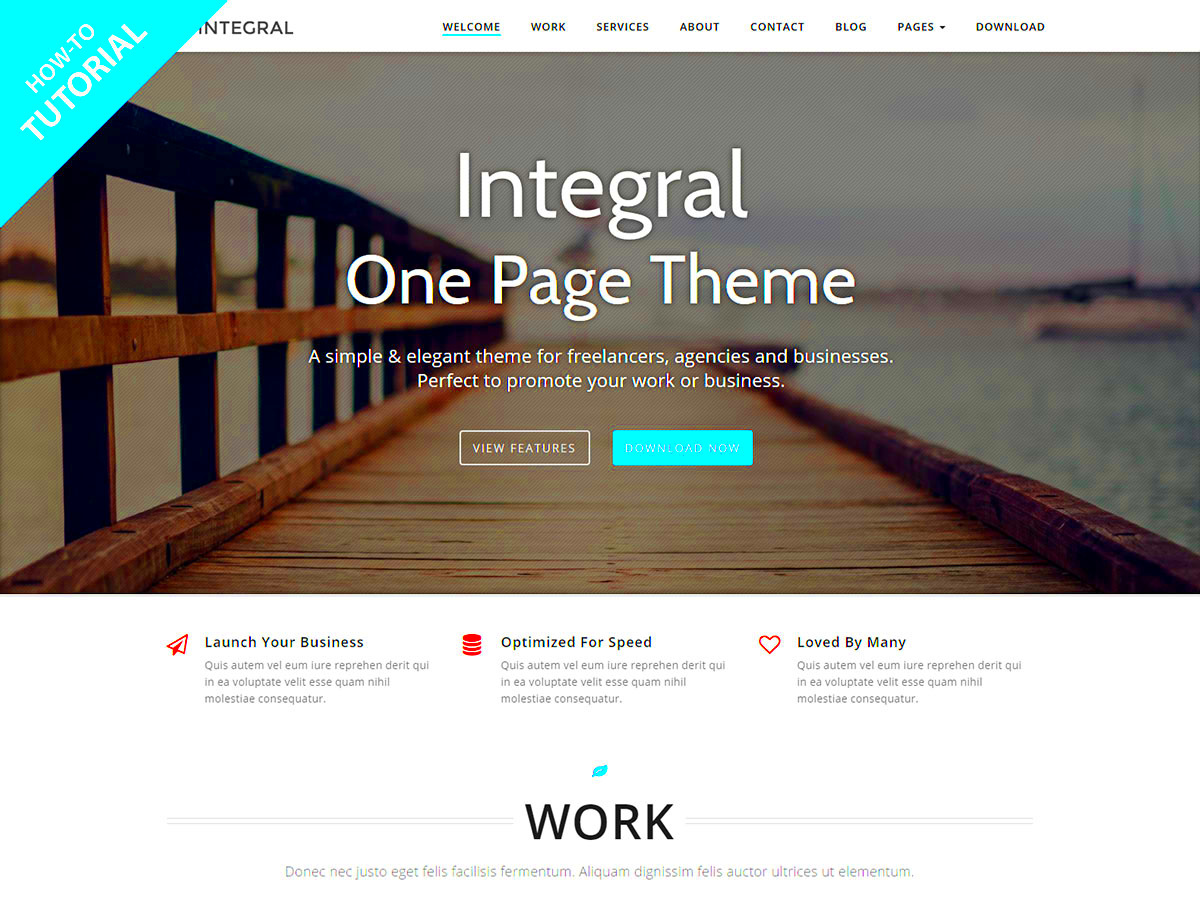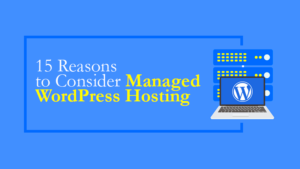When it comes to building a website, WordPress templates—commonly known as themes—play a crucial role. They define the look and feel of your site, giving you a head start on design and functionality. With thousands of templates available, selecting the right one can feel overwhelming. However, choosing the simplest options can make the process a breeze while still delivering a professional appearance. In this post, we’re delving into the best basic WordPress templates that suit simple websites, whether for a personal blog, portfolio, or small business.
Why Choose a Basic WordPress Template?

Choosing a basic WordPress template brings numerous benefits that can significantly enhance your website experience. Let’s explore why these templates are a wise choice:
- Simplicity: Basic templates are designed with clean layouts and minimal features. This simplicity allows your content to shine without unnecessary distractions.
- User-Friendly: Many basic templates come with intuitive interfaces, making it easy for beginners to customize without needing extensive technical knowledge.
- Speed: Simple themes often load faster, leading to a better user experience and improved SEO. Google loves speed!
- Responsive Design: Most of the basic templates are designed to be mobile-responsive, ensuring that your site looks great on all devices.
- Easy Maintenance: Fewer features mean less ongoing maintenance. Basic templates are usually easier to update and troubleshoot.
- Cost-Effectiveness: Many basic templates are free or low-cost options, making them budget-friendly for those just starting out.
In conclusion, opting for a basic WordPress template is a smart move for anyone looking to create a simple, efficient, and visually appealing website. Whether you need a personal space or a platform for your business, there’s a perfect basic template out there waiting for you!
Key Features to Look for in Basic WordPress Templates

When it comes to choosing a basic WordPress template for your simple website, there are several key features that can make or break your user experience. Here’s a rundown of what to look for:
- Responsive Design: In today’s mobile-first world, a responsive design is essential. This means your template should adapt seamlessly to different screen sizes, ensuring visitors have a great experience whether they’re on a desktop, tablet, or mobile device.
- Customization Options: Look for templates that allow you to tweak colors, fonts, and layouts with ease. A good basic template should let you personalize your site without needing deep coding knowledge.
- SEO Friendliness: Not all templates are created equal when it comes to search engine optimization (SEO). Choose a template that supports SEO best practices, such as fast loading times and clean code.
- User-Friendly Interface: The best templates are built with usability in mind. Ensure the interface is intuitive, whether you’re a seasoned web designer or a complete beginner.
- Browser Compatibility: Your template needs to perform well across all major browsers like Chrome, Firefox, and Safari. A well-coded template will ensure that your site looks great everywhere.
- Support and Documentation: Finally, consider how much support your template comes with. Good documentation and a responsive support team can save you a lot of headaches later.
Top Basic WordPress Templates for Simple Websites
If you’re on the hunt for the perfect basic WordPress template, you’re in luck! Here are some top contenders that are well-suited for simple websites:
| Template Name | Key Features | Best For |
|---|---|---|
| Astra | Lightweight, SEO-friendly, highly customizable | Users seeking speed and flexibility |
| GeneratePress | Responsive, modular design, great performance | Those who prioritize performance and mobile usability |
| Neve | Multi-purpose, AMP-ready, WooCommerce compatibility | Online stores and bloggers |
| OceanWP | Highly extendable, responsive, eCommerce focused | Web designers needing versatility |
| Hestia | Material design, easy setup, one-page layout | Startups and small businesses |
All these templates not only offer fundamental features but also provide a solid foundation to build upon as your site grows. Whether you’re a novice or an experienced user, these selections cater to simplicity and usability, making your website creation hassle-free!
5. Comparison of the Featured Templates
When diving into the world of WordPress, one of the first steps is selecting a template that fits your needs. We’ve compiled a list of some of the best basic WordPress templates for simple websites to make this decision easier for you. Here’s a comparison of our featured templates:
| Template Name | Best For | Customization Options | Price |
|---|---|---|---|
| Astra | Blogs, Business Sites | Extensive (using WordPress Customizer) | Free / Premium |
| Neve | Small Businesses, Startups | Moderate (Multiple Layouts) | Free / Paid Plans |
| GeneratePress | Performance-focused websites | Comprehensive (add-ons available) | Free / Premium |
| OceanWP | eCommerce, Blogs | High (many features) | Free / Premium |
All of these templates are lightweight and optimized for speed, but they cater to different niches and offer varying levels of customization. If you’re after simple yet functional designs, any of these choices will serve you well. Consider what you prioritize: is it flexibility, minimal design, or something tailored for eCommerce?
6. How to Install and Customize Your Chosen Template
Once you’ve decided on the perfect WordPress template for your simple website, it’s time to install and customize it! Here’s a step-by-step guide to make the process straightforward and enjoyable:
- Go to Your WordPress Dashboard: Log in to your WordPress site Admin area.
- Access the Themes Section: Click on Appearance in the left-hand menu, then select Themes.
- Add New Theme: Click on the Add New button at the top. Here you can browse through the available themes.
- Search for Your Template: Use the search bar to find the template you’ve chosen, for example, “Astra.”
- Install and Activate: Once you find the template, click the Install button, and then click Activate to apply it to your site.
- Customize Your Template: Go to Appearance and then Customize to open the WordPress Customizer. Here, you’ll find options to tweak various elements like colors, typography, and layout!
Feel free to experiment with different settings. Don’t forget to hit Publish to save your changes! Your chosen template should begin to reflect your personal touch, making your website uniquely yours in no time.
7. Tips for Creating a Simple yet Effective Website
Creating a simple yet effective website might seem challenging, but with the right approach, it can be both enjoyable and productive. Here are some tips to help you achieve that:
- Focus on Purpose: Before you start designing, clarify the purpose of your website. Ask yourself questions like: What do you want visitors to do? Is it to read your blog, buy a product, or sign up for a newsletter? This clarity will guide your design choices.
- Simplified Navigation: Ensure your website’s navigation is intuitive. Use a clear menu structure that visitors can understand at a glance. Limit the number of menu items to avoid overwhelming visitors.
- Color Palette: Stick to a simple color palette. Choose two or three primary colors that reflect your brand. Utilizing consistent colors will unify your website’s design and avoid visual clutter.
- Readable Fonts: Opt for clean and readable fonts. Avoid using too many different font types. A good rule of thumb is to stick to two or three font styles that complement each other.
- Use White Space Wisely: Never underestimate the power of white space. It creates breathing room around elements and can help guide visitors’ eyes to important content.
- Effective Imagery: Use high-quality images that enhance your content. Ensure they are relevant to the topic and support the message you’re trying to convey.
- Regular Updates: Keep your content fresh and up to date. This will not only engage visitors but also improve your site’s SEO performance.
By incorporating these tips, you can create a site that’s not only simple in design but also effective in achieving your goals.
8. Conclusion: Finding the Right Template for Your Needs
In conclusion, selecting the right WordPress template is one of the most critical steps in building a simple website. With so many options available, it’s essential to take a moment to evaluate your unique needs and preferences. Here are some final thoughts to help you make your decision:
- Identify Your Goals: Whether you’re running a blog, an online store, or a portfolio, your template should align with your objectives. Make a list of features you deem necessary.
- Mobile Responsiveness: Ensure that the template you choose is responsive. A significant portion of web traffic comes from mobile devices, so your site must look good and function well on all screens.
- Customization Options: Look for templates that allow for sufficient customization without requiring coding skills. This will enable you to personalize your site while maintaining simplicity.
- Community and Support: A well-supported template with an active user community can be a lifesaver. Look for templates that have good customer support and a community where you can seek help.
- Check Reviews: Don’t forget to read user reviews and ratings. They can provide insights into the strengths and weaknesses of a template, helping you make a more informed choice.
In summary, a perfect template for your website doesn’t always mean fancy or complicated. Sometimes, simplicity is the key to effectiveness. Take your time in finding one that resonates with your vision, and watch how it contributes to your online presence!



